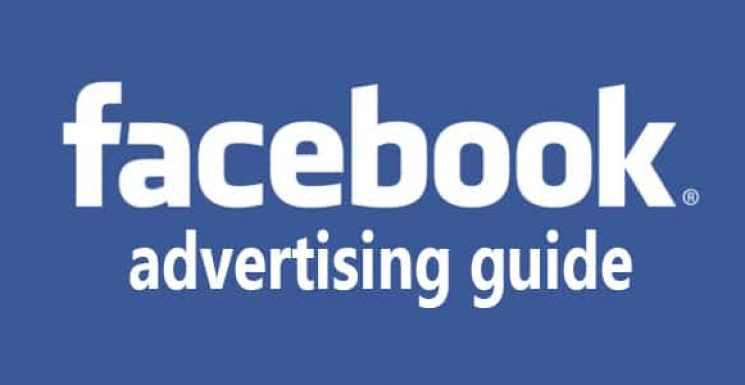Facebook recently came under fire for having a less than ideal ad platform. Many companies signed up for Facebook advertising only to find out that ads were not available on mobile devices. With most people accessing Facebook through mobile devices, many companies – like GM – started to pull their campaigns.
Loss of clients forced to Facebook to think twice about the lack of mobile advertising. Fast forward a few months and Facebook ads is now up and running on mobile platforms and companies are starting to get back in the groove of Facebook ads.
If your company has yet to implement Facebook ads here are some things to keep in mind when creating your next ad.
What exactly is a ‘Facebook ad’?
Facebook allows you to create two different types of ads: Facebook ads and Sponsored Stories. A Facebook ad is an ad that features your company’s brand and is linked to your website or social media account (whichever you choose). When your audience clicks, or taps, on the ad, they will be taken to your profile or site. Sponsored Stories on the other hand, are messages coming from a user’s friends that a company has ‘sponsored’ to feature prominently on your news-feed. When a user interacts with your Page, their friends may see this on their feeds and click-through to your Page or engage with your content.
Facebook ads will appear on the right-hand side of your screen if you are using a laptop or desktop computer, and they will appear inside your news feed if you are using a mobile device. Sponsored Stories will show up in a news-feed, or on the right-hand side of your screen.
KISS
We’re not talking about channeling Detroit Rock City, we mean Keep it Stupidly Simple. You are allowed to use an image and some copy for your Facebook ad, don’t go overboard, keep things as simple and straightforward as you possibly can. Remember, the goal of the ad is to get your target audience to take action, usually in the form of clicking your ad and visiting your page, maybe even contacting you. If your ads are overwhelming or confusing, it will deter potential customers from clicking.
Know your audience
You cannot create a successful ad campaign if you don’t know who your target audience is. It’s extremely important that you determine your audience before you create the content of your ad. Facebook is really helpful, as the ad platform allows you to choose your target audience. For example, you can determine your target age group and refine your audience based on their location, sex, political views, educational status, relationship status and even careers. You can also select certain keywords to help choose your target audience. With this information, Facebook will place your ad in front of those people whose profiles match your criteria. The key is to pick your general target audience forst, and use Facebook to refine it.
You have the ability to keep this as general or as specific as you want. If you’re a large company and you’re promoting your company as a whole, you can be a little more liberal with your selections. However, if you’re a smaller company, you may want to be a bit more specific.
Choose your budget wisely
Facebook allows you to choose your budget by setting either a daily maximum or a campaign lifetime maximum, so it’s easy to make sure you don’t go over budget. You’ll also need to choose whether you want to be charged by cost per click (CPC) or cost per thousand impressions (CPM). In either case, Facebook will provide a suggested bid range based on your target audience.
Most experts agree that you’re better offer bidding on CPC because you’re paying per an action rather than a viewing of your ad. Make sure you keep an eye on the suggested CPC bid throughout the life of your campaign. If your ad performs well, the CPC will drop dramatically and you can save quite a bit of money.
Keep track of your data
After your ad is up and running, it’s extremely important that you take the time to monitor your campaigns and determine how successful they are. Facebook provides you with Insights into each campaign, and it’s a good idea to monitor this to determine if your ads are working or if you need to make any changes. You can also use URL tracking parameters on your landing pages to track visitors from your ads in your Google Analytics account.
If your target audience is on Facebook, it’s a good idea to invest in Facebook ads. With these tips, you can create the most successful campaigns for your business.
About the Author
Mark Smith currently uses the Marketing Resources Facebook App for creating and managing Facebook sweepstakes and promotions.


